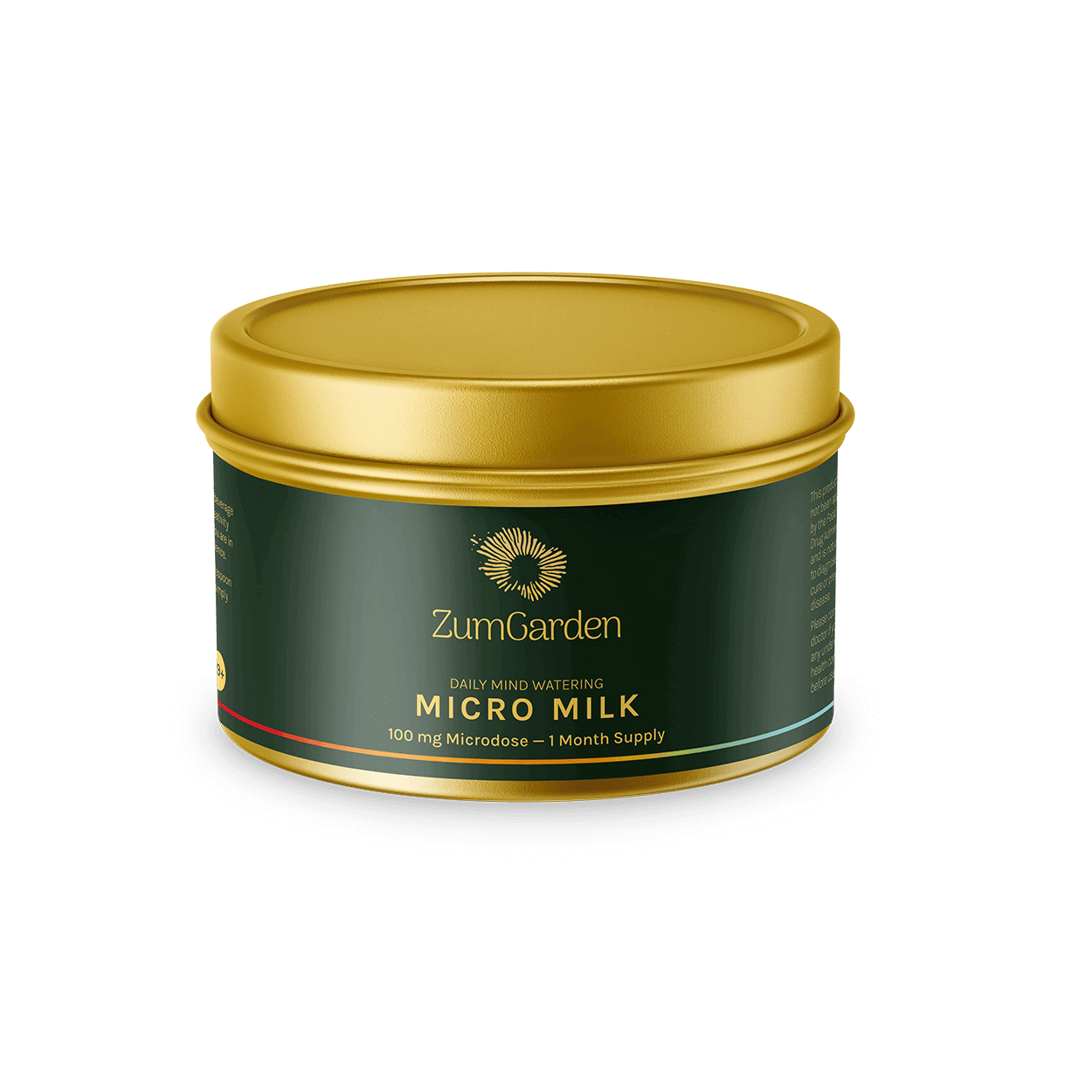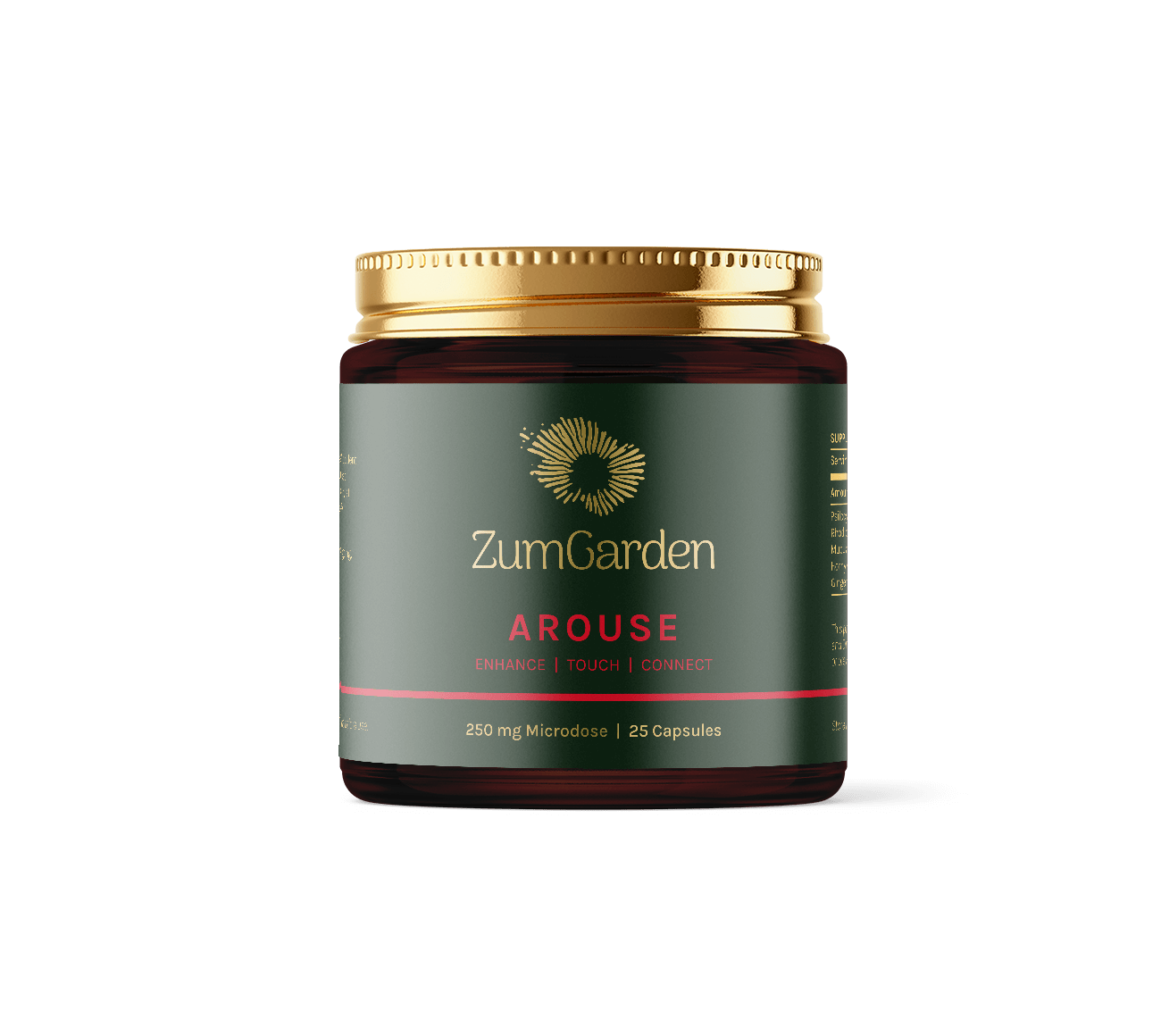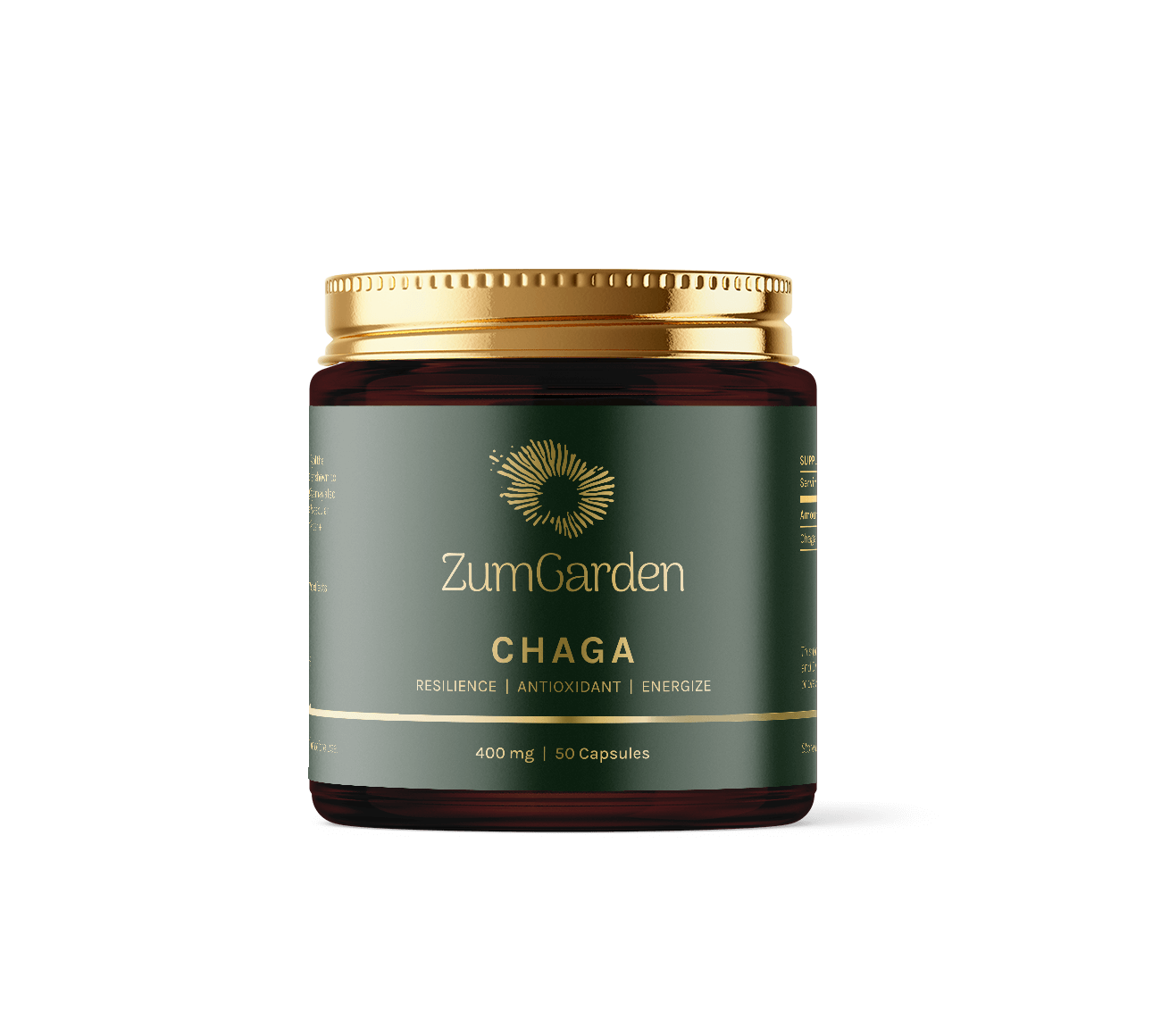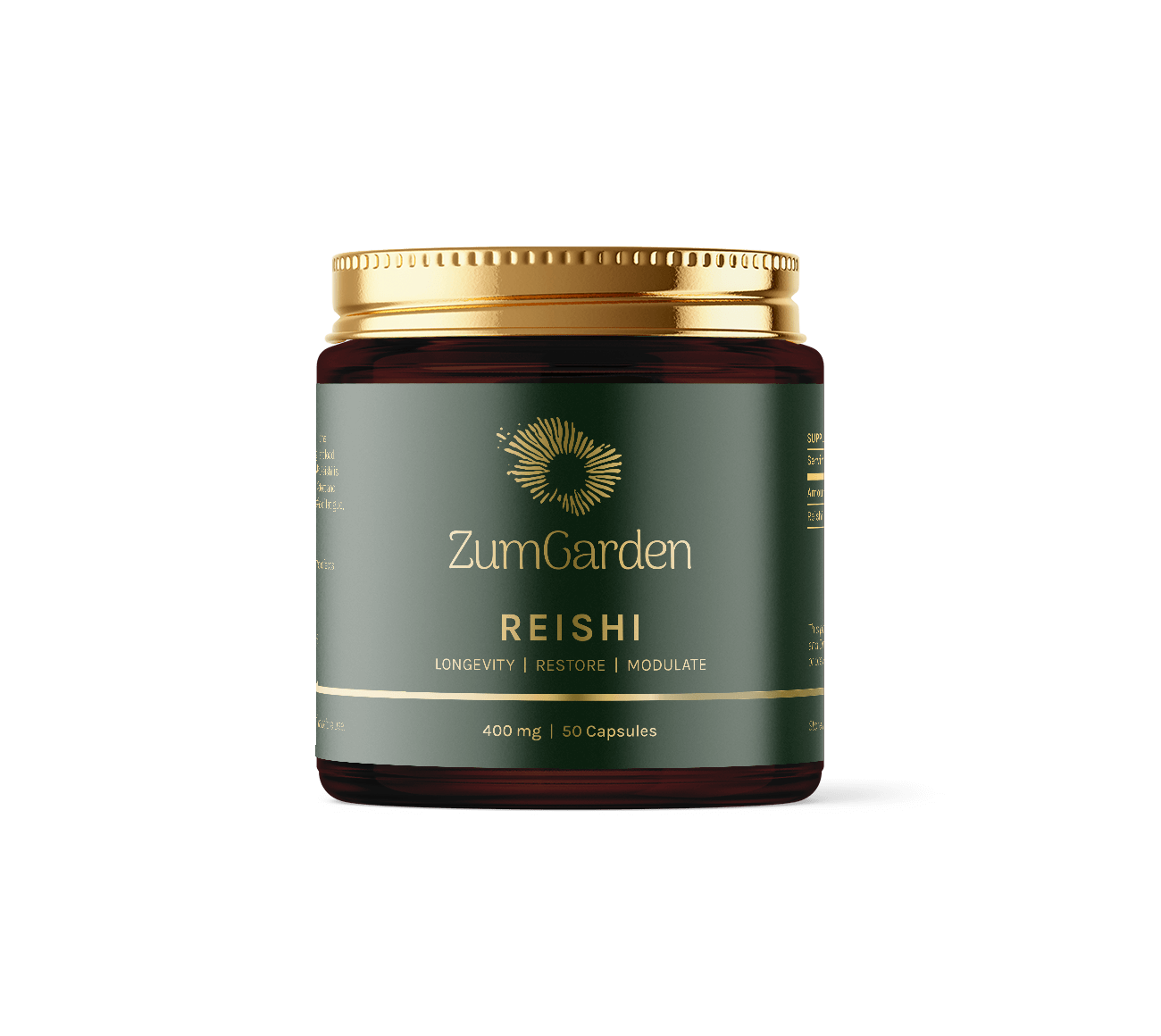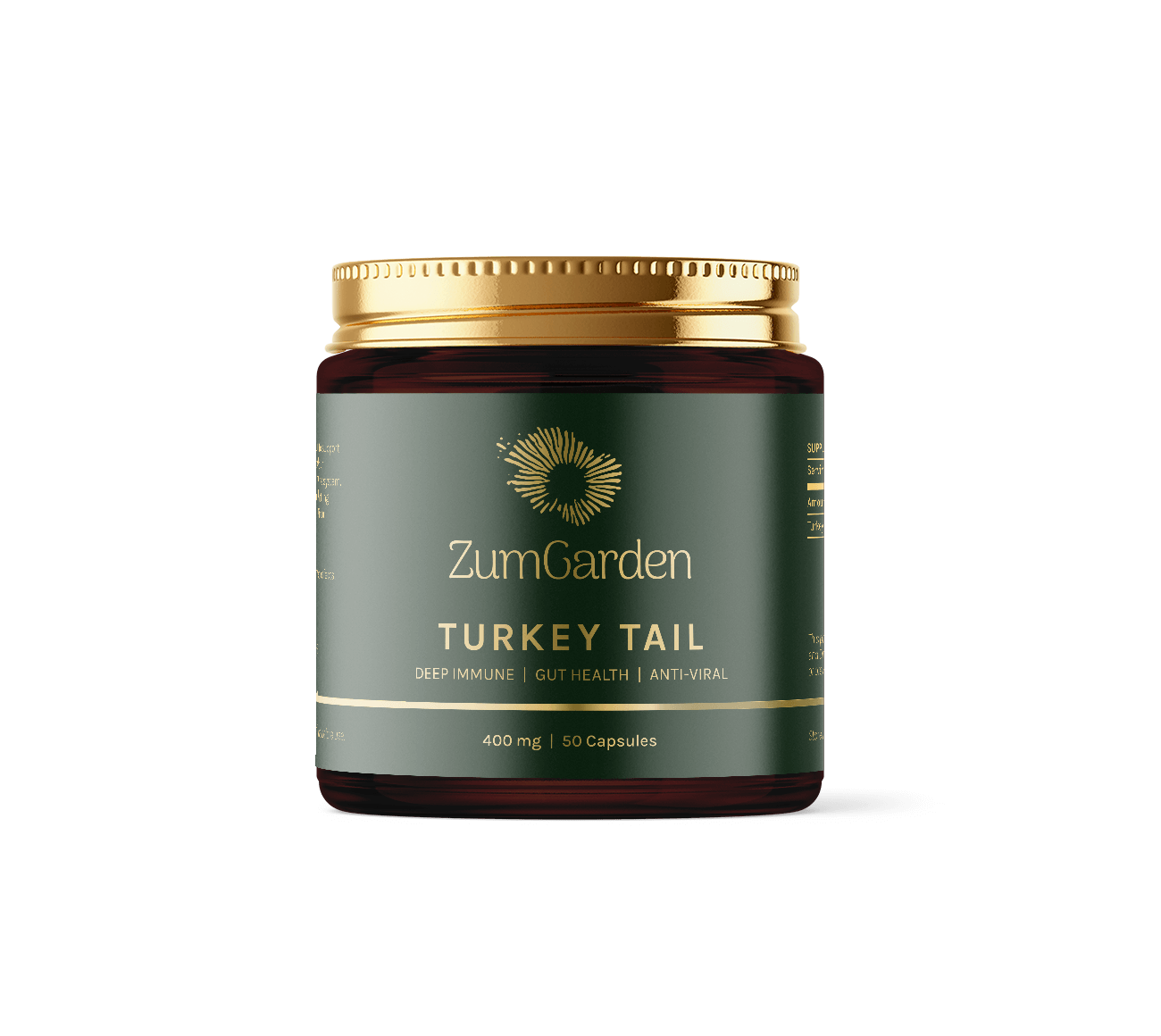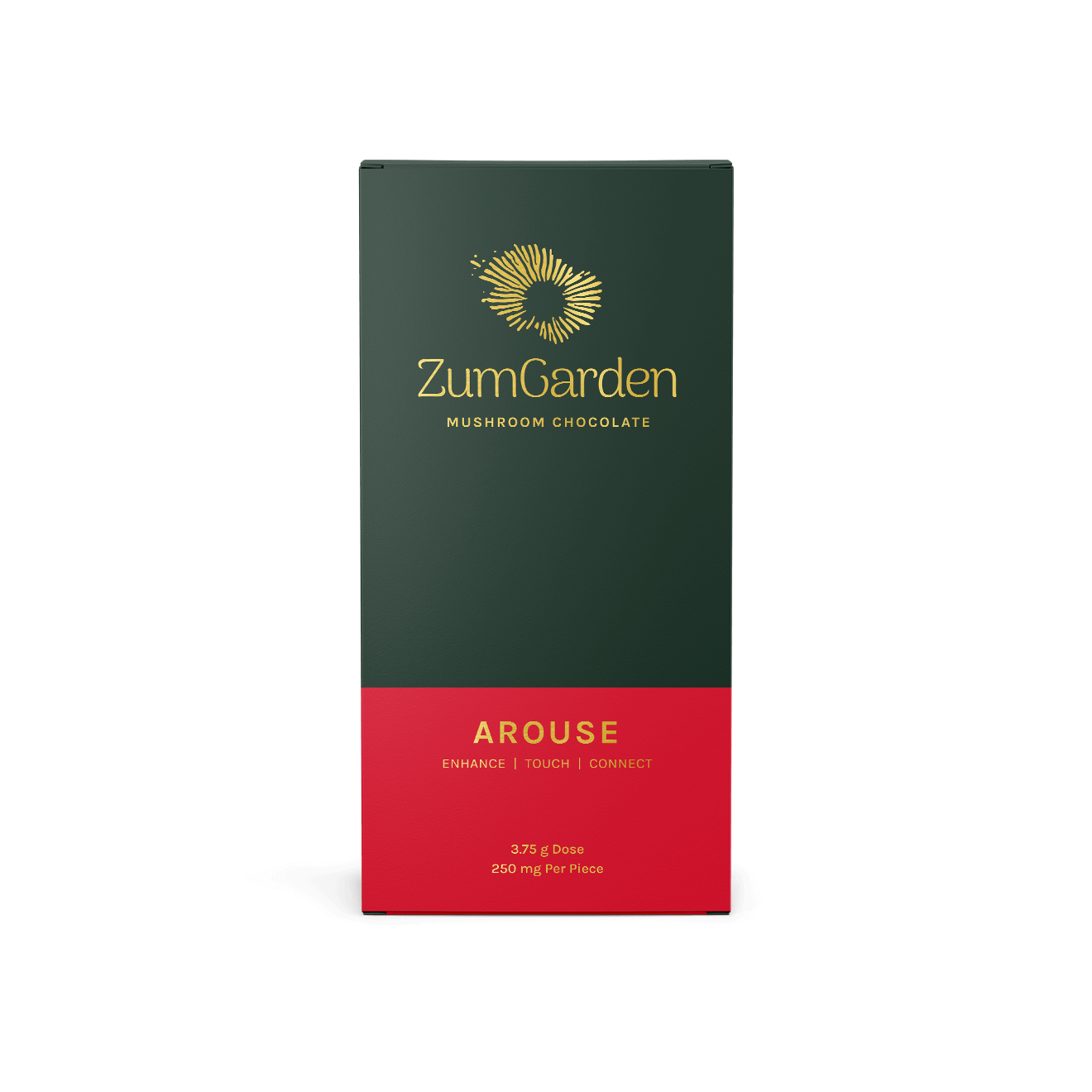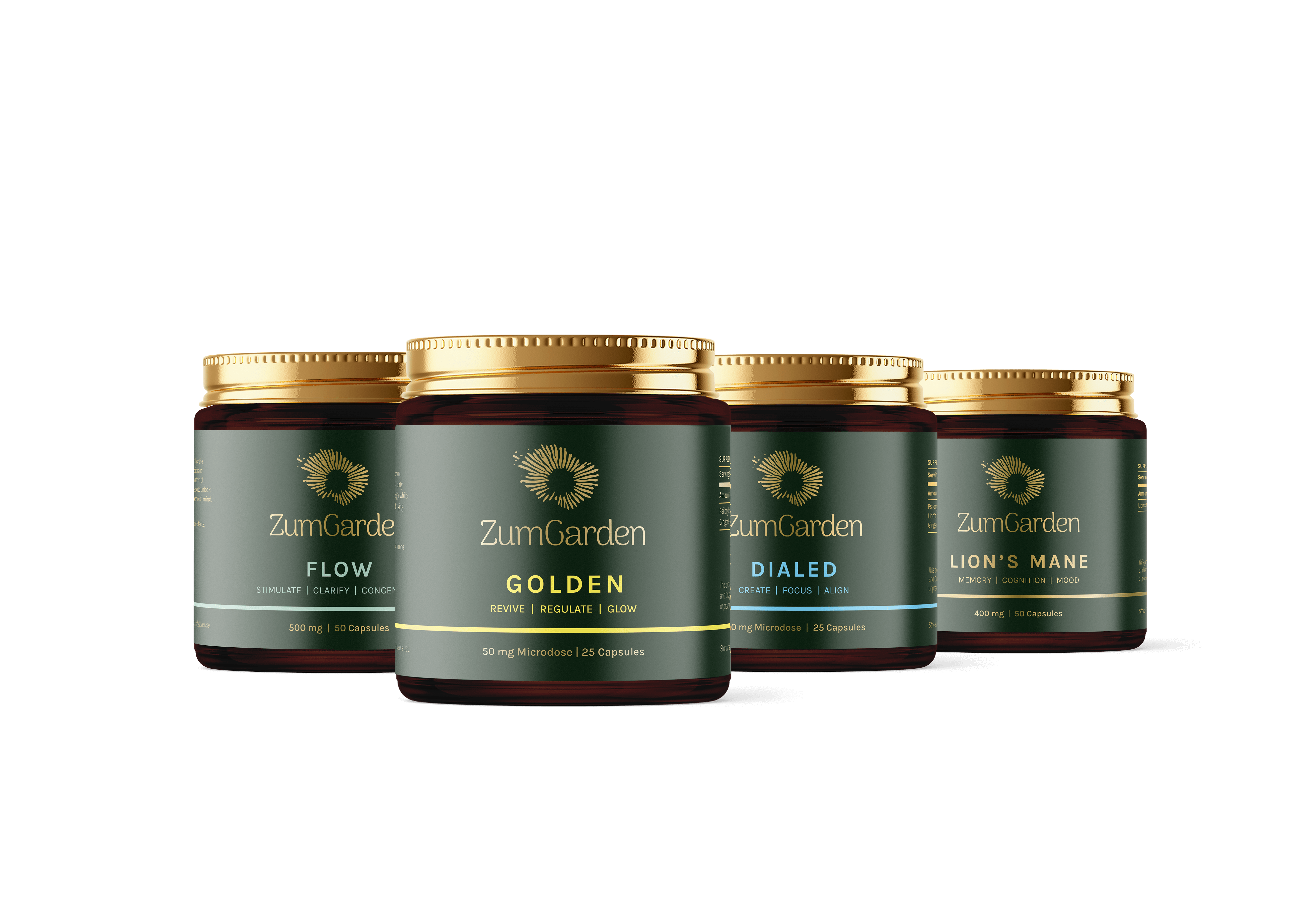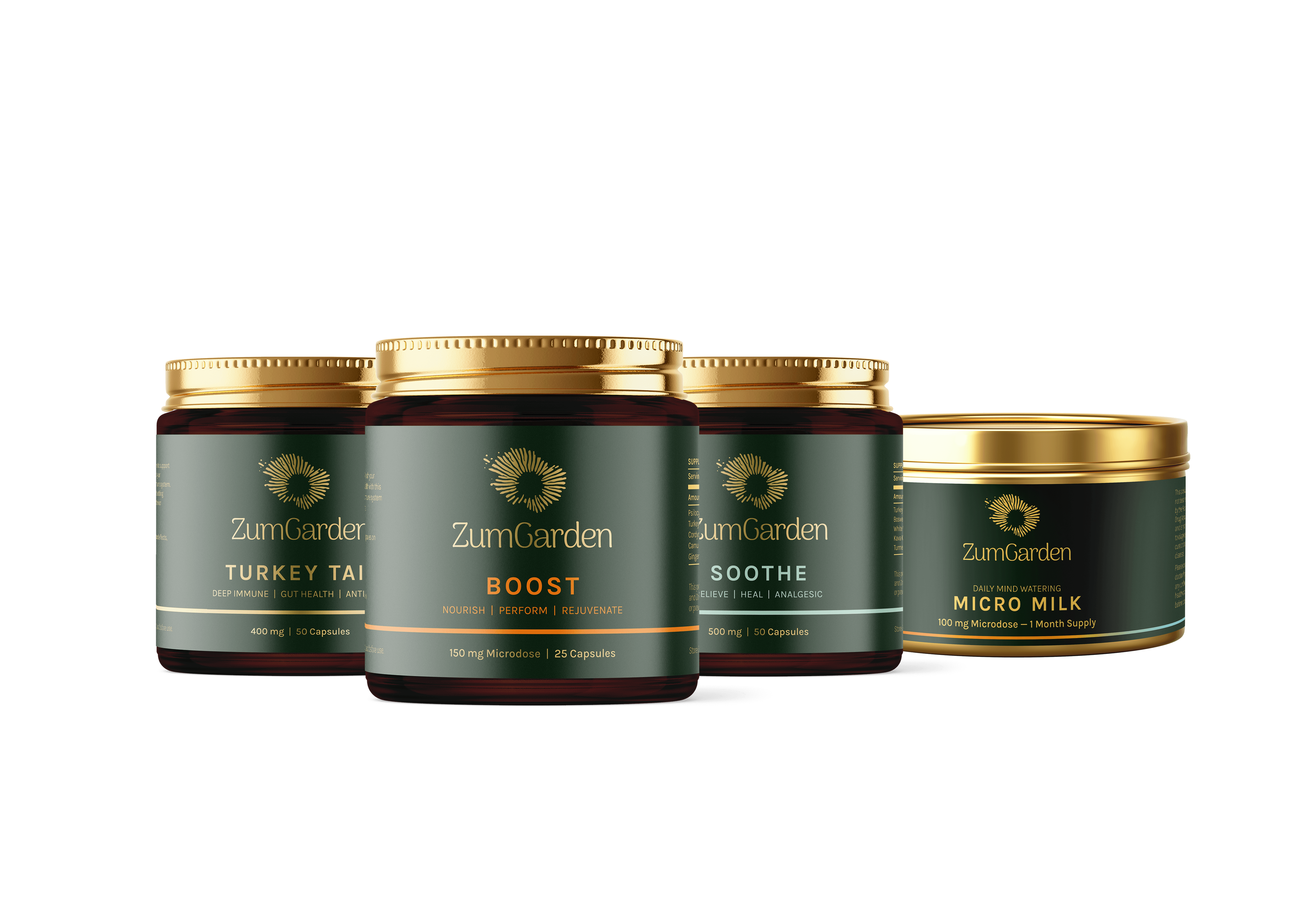The Natural Rhythms
Different energy. Different cravings. Different moods. Different priorities.
Most people think this is just about weather or vitamin D. But what if it’s something deeper?
What if you’re actually designed to change with the seasons—and fighting against these natural rhythms is making you miserable?
Psilocybin has a fascinating way of connecting you to these cyclical patterns, revealing that your “inconsistencies” might actually be seasonal intelligence.
The Myth of the Consistent Self
Modern life expects you to be the same person year-round:
- Same productivity levels in December as in June
- Same social energy in January as in July
- Same creative output regardless of light exposure
- Same emotional baseline through all seasons
But this is completely unnatural. Every other living thing on Earth changes with the seasons—why should humans be different?
Maybe your winter introspection isn’t depression. Maybe your spring restlessness isn’t ADHD. Maybe you’re just responding to ancient rhythms that civilization has forgotten.
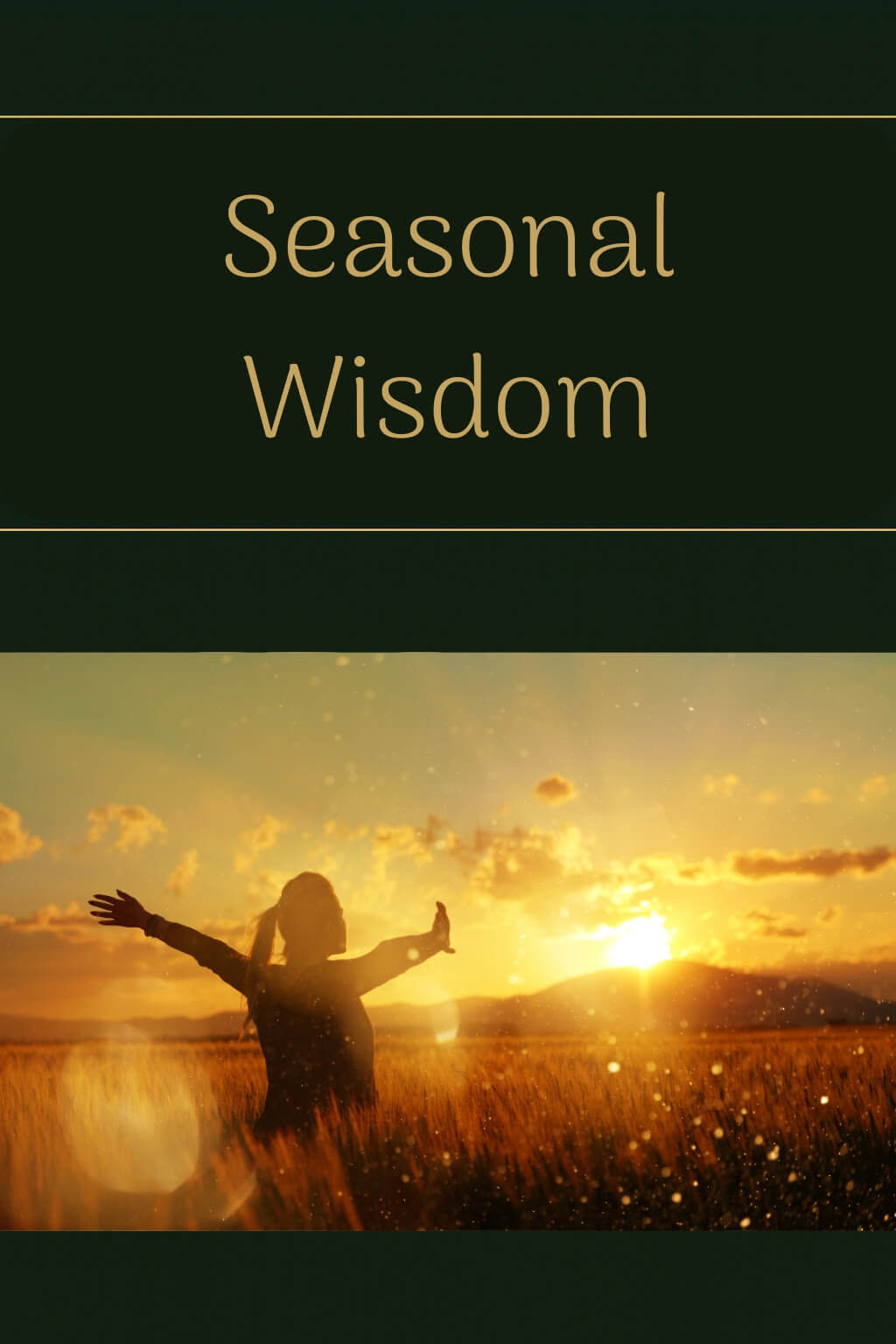
How Psilocybin Reveals Seasonal Wisdom
Microdosing often makes you more sensitive to natural cycles:
You start noticing:
- How your creativity peaks and valleys with light patterns
- Which seasons call for expansion vs. contraction
- How your body craves different foods and activities cyclically
- The way your emotional landscape shifts predictably
It’s like psilocybin reconnects you to the Earth’s operating system that you never knew you were part of.
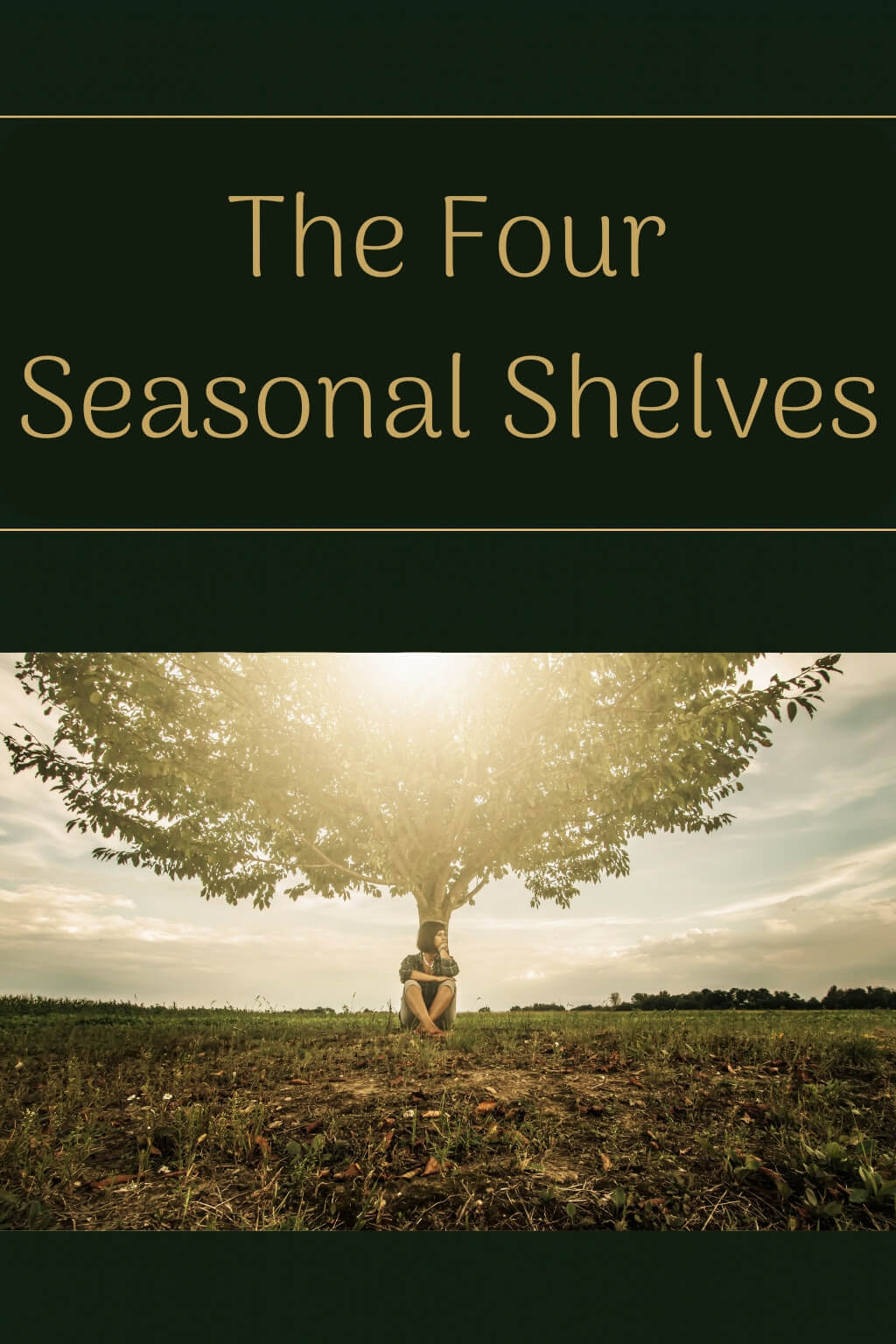
The Four Seasonal Selves
Spring Self (March-May): The Initiator
- High creative energy and new project excitement
- Social butterfly energy returning
- Natural detox and renewal impulses
- Optimism and forward-thinking
Summer Self (June-August): The Celebrator
- Peak social and physical energy
- Adventure-seeking and risk-taking
- Abundance mindset and generosity
- Maximum productivity and activity
Autumn Self (September-November): The Harvester
- Completion energy and project-finishing drive
- Deepening relationships and meaningful conversations
- Preparation and planning mindset
- Letting go of what no longer serves
Winter Self (December-February): The Sage
- Introspection and inner work
- Deep thinking and philosophical musings
- Rest and restoration needs
- Spiritual seeking and meaning-making
Which version feels most like “you”? Plot twist: they all are.

Try This: The Seasonal Inventory
Look back at the last year and notice patterns:
- When did you feel most creative vs. most reflective?
- Which months brought relationship changes or insights?
- When did you naturally want to socialize vs. be alone?
- What projects started in spring vs. what you completed in fall?
Instead of judging these patterns, what if you honored them?
Working WITH Your Seasonal Nature
Instead of forcing consistency, try seasonal alignment:




This isn’t about being lazy—it’s about working with your natural energy instead of against it.
The Microdosing Connection
Different seasons might call for different approaches to microdosing:
- Spring: Focus on growth, new habits, creative projects
- Summer: Social connection, adventure, celebration
- Autumn: Integration, completion, letting go
- Winter: Deep inner work, spiritual exploration, rest
Your relationship with psilocybin might naturally shift seasonally—and that’s not inconsistency, it’s intelligence.

Final Thoughts
What if your seasonal changes aren't problems to solve but rhythms to honor?
What if the part of you that craves hibernation in January is as valid as the part that wants to party in July?
You contain multitudes—seasonal multitudes. And that’s exactly as it should be.
So…which seasonal self are you honoring right now?



Until next time,
Mushie Media of the Week:
“Essentials: Psychedelics for Treating Mental Disorders”
by: Huberman Lab













